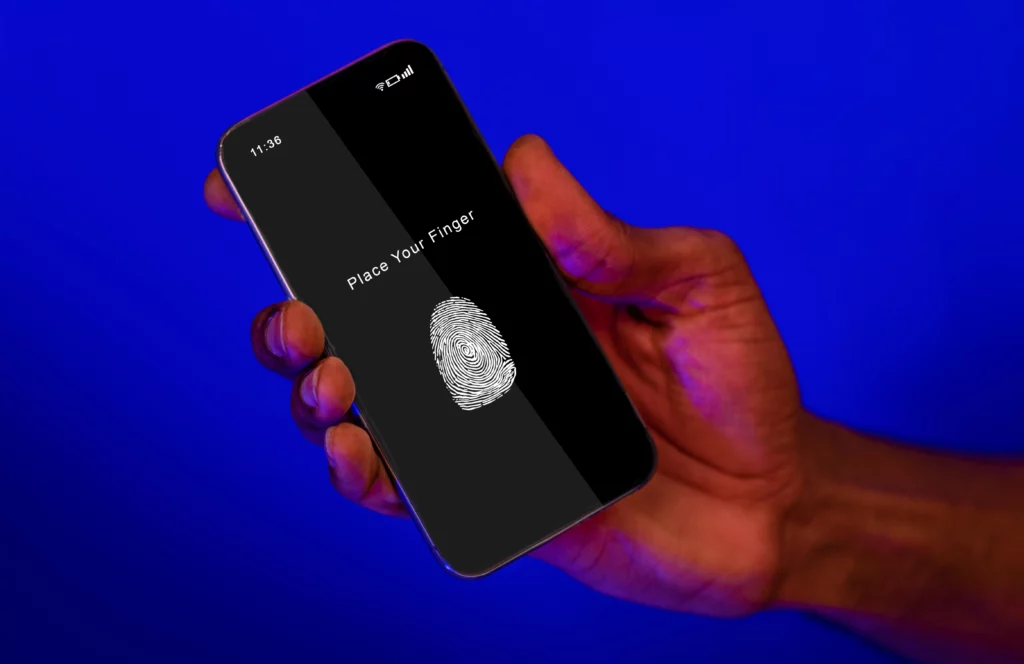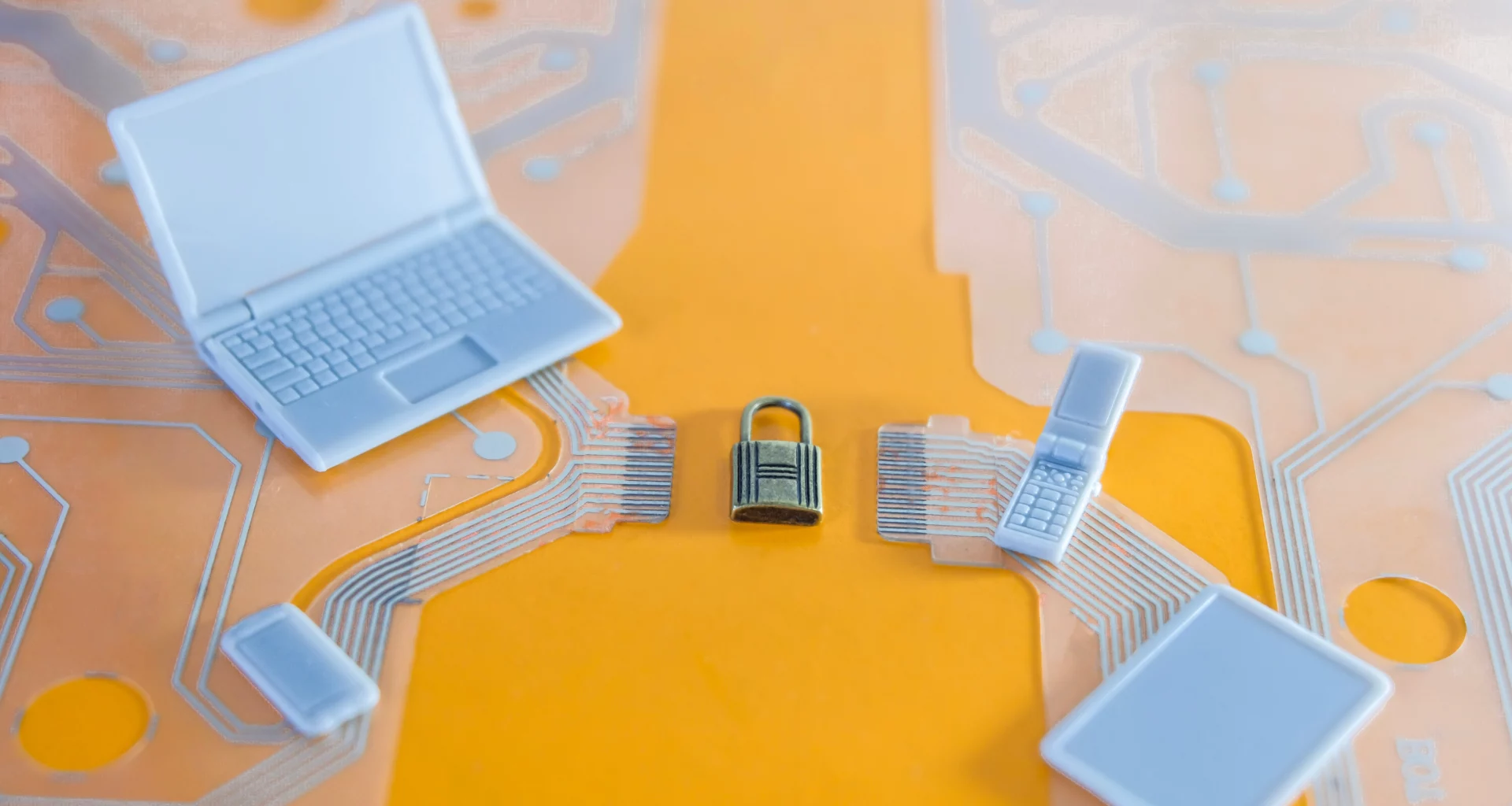Blockchain technology has revolutionised the traditional finance industry by bringing decentralisation, transparency, and immutability to the forefront. This distributed ledger technology aims to enable users to act anonymously, perform transactions with high-end security, and give users control over their data and privacy back.
But it hasn’t been achieved yet what it was meant to. At present, with transactions on public blockchain networks recorded on the public ledger, they are transparent. As inventors and developers look for ways to enhance privacy and security, Zero-Knowledge Proof technology is gaining traction in the world of crypto to increase trust in cryptocurrency transactions.
What is Zero-knowledge Proof?

First proposed by MIT researchers Silvio Micali, Shafi Goldwasser, and Charles Rackoff in the 1980s, Zero-knowledge Proof is an encryption scheme where one party (“prover”) proves that a specific statement is true to the other party (“verifier”) but without disclosing additional information.
This method ensures that no one except you can access your secured data. ZKPs require the following three conditions to be fulfilled:
Completeness: If a statement is true, the honest verifier must be able to prove the existence of the information the prover claims to possess
Soundness: If the statement is false, a lying prover cannot trick an honest verifier into believing that an invalid statement is valid
Zero-Knowledge: No secret information may be shared between the prover and the verifier beyond a statement’s validity
There are two types of ZKPs depending on the interaction between the prover and the verifier. In interactive ZKPs, the verification process involves exchanging information between the two parties until the prover satisfies the conditions of the proof.
As for non-interactive ZKPs, the prover must complete the challenges the verifier offers based on the prover’s commitments. For a more comprehensive introduction to ZKP, read our blog post here.
Examples of Zero-knowledge Proof

Zero-knowledge cryptography has several advantages in terms of being simple, secure, and more private. However, it is also limited, resource intensive, and not 100% foolproof. Now, let’s look at some of the mind-blowing applications of ZKP.
1. Ethereum 2.0 and zk-rollups

Rollup is a scaling technology that executes transactions outside the main Ethereum chain. ZK-Rollups, meanwhile, increase scalability through mass transfer processing rolled into one single transaction.
Zero-knowledge rollups or ZK-rollups are designed to increase transaction speed and reduce fees by moving computation and state-storage off-chain. This makes it possible to process thousands of transactions in a batch but only post minimal summary data to Mainnet. This summary is the changes that need to be made to Ethereum, as well as the cryptographic proof to show that those changes are correct.
They allow users to confirm Ethereum transactions in layer2 and publish the PoV (Proof of Validity) onto layer1. zkSync is an example of a live zero-knowledge rollup currently running on the Ethereum mainnet.
ZK-Rollups use a cryptography test in either SNARK format (succinct non-interactive argument of knowledge) or STARKs (scalable transparent argument of knowledge) to make transactions off the chain.
However, there are also disadvantages with ZK-Rollup. For instance, some of these have no Ethereum Virtual Machine (EVM) support. However, advances in zero-knowledge technology can see interest in wrapping EVM computation in ZKP with projects like Applied ZKP, Polygon Hermez, and Scroll working on it.
Additionally, the cost associated with computing and verifying validity proofs is substantial, which can increase user fees. Meanwhile, the need for specialised hardware may reduce the number of participants, leading to censorship and encouraging centralised control.
2. User authentication

Zero-knowledge proof facilitates transmitting sensitive information like authentication information with better security by building a secure channel for users to use their information without revealing it. This way, data leakages, and cybersecurity issues can be avoided.
In messaging, end-to-end encryption is imperative to ensure security. Messaging platforms verify the user’s identity on the server by asking them. By leveraging ZKP, an end-to-end trust can be built without leaking any extra information. Effective implementation of zero-knowledge proof in the file system means adding different layers of security to the files, users, and logins, making it difficult for one to manipulate or hack the data.
The technology can also be used to verify people’s identities. For instance, if a two-factor authentication (2FA) system requires both SSN and driver’s license number, a ZKP algorithm can take certain segments of the two and link them together to determine the probability that the individual is who they claim to be while keeping their main information hidden.
3. Data storage protection

In the field of storage utility, Zero-knowledge proof can help safeguard the storage unit and the information within it. The access channels here are also protected to provide a secure and seamless experience.
Zero-knowledge proof is an advanced encryption technology that ensures no one can access your data as ZKP validates it without sharing it with a third party.
Since zero-knowledge proof has the potential to encrypt data in portions, it enables providing access to a particular user while limiting access for others, as such protecting documentation from unauthorised parties.
Conclusion

Zero-knowledge proofs (ZKP) offer a secure method to validate information needed to complete crypto transactions and verify users’ identities while keeping private data hidden. The benefits of going with ZKPs are that they use simple algorithms, and unlike other cryptography solutions, they require no interaction between the parties involved either.
When it comes to private blockchain transactions, ZKP can make it nearly impossible to hack them.
Given ZKP’s potential to increase trust and privacy, the adoption of this technology in the world of cryptocurrency and blockchain is likely to increase in the future. But when integrating ZKP into a blockchain project, the developers might face the challenge of scalability as such algorithms require high computing capacity to operate. There is also an absence of standards as blockchain technology is at its early adoption stage.
However, with more and more developers getting to know of ZKPs’ potential to increase trust and confidentiality, it is a given that the adoption of ZKPs will grow significantly in the coming days. It’s all a matter of time now.









